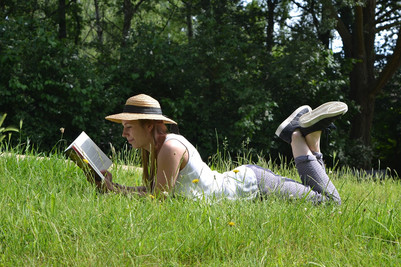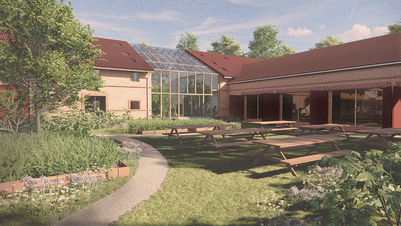
Re-Connecting with Nature: a Forgotten Perspective of the Green Transition

"Biophilic design is the forgotten perspective of the Green Transition. It is a timely vision not just about sustainable design strategies but how we can fulfil modern society in harmony with nature" Dr. Carmen García Sánchez
The global goals for achieving the pursued "green transition" require a transformational change not only in the way we use our natural resources, but also in how we relate to nature.
In the Anthropocene, there is an increase of human beings´ disconnection from nature, in many parts of the world. This is due to the unprecedented growth of the global population, rapid urbanization, transformation of urban areas and the digital revolution. The dominant model of development and design of the modern built environment deprives communities of the documented human health and wellbeing benefits of daily interactions with the natural world, and leads them to a growing alienation from nature. Furthermore, the longing for nature has emphasized the diversity of the world population and the question of inequality.
These circumstances call for an important change and challenge architectural design practices for improved building designs and healthy urban environments at a planetary level. We need new ways of living together.
But it calls for collaborations as well, to come with new solutions, involving all relevant target groups, designers, researchers, civil society, activists, the industry and policy makers. We need a new legal framework to bring theory to life.
In this context, it is essential to re-define how the relationship between human beings and their natural surrounding should be. In the fight against climate change and the desire to contribute to a future sustainable building culture, nature is an important ally. It is fundamental to develop harmonious relationships between humans and the natural world to avoid what UN Secretary-General recently stated as “Humanity´s waging war on nature.” Dec 2020


















